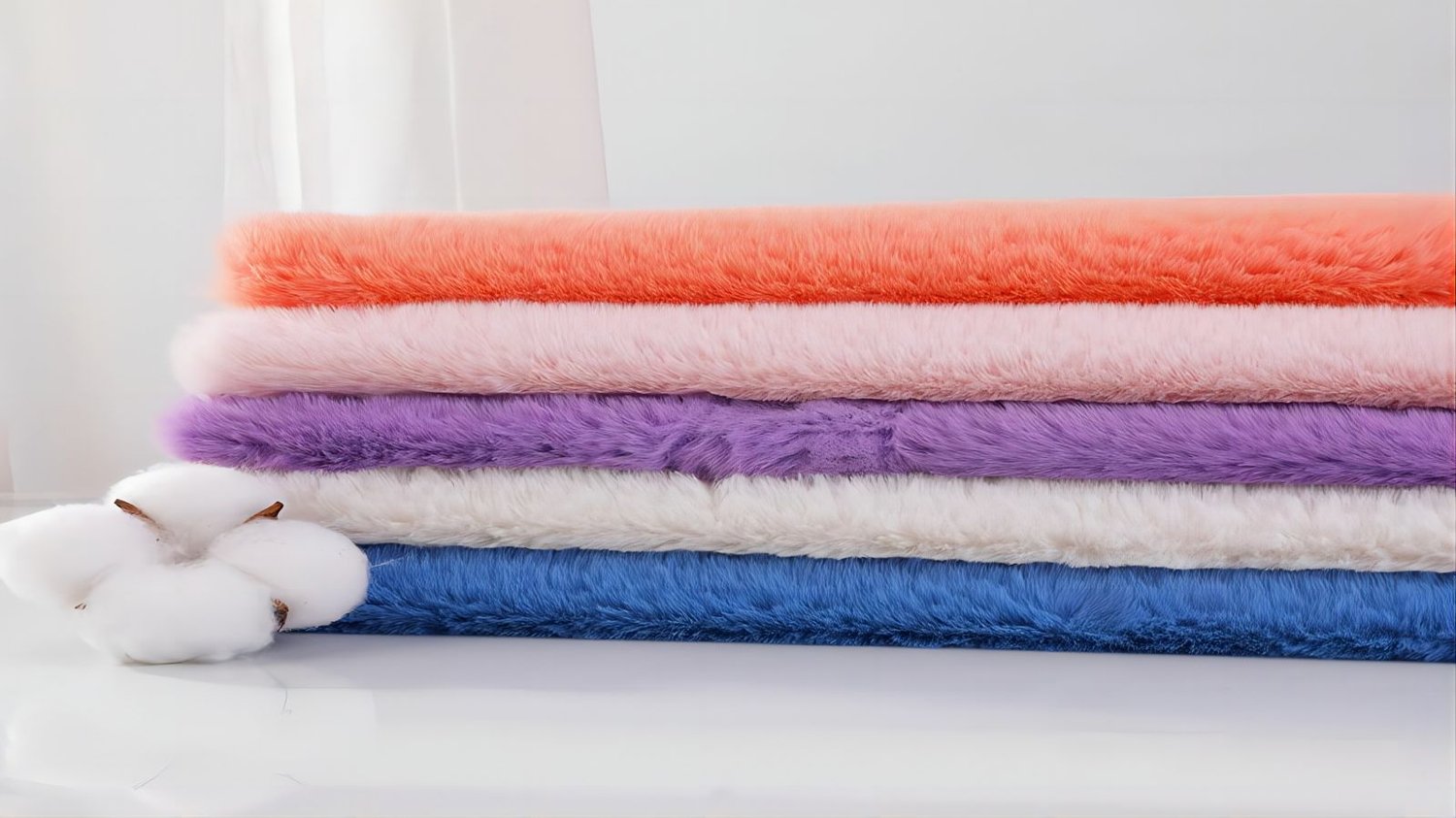The Origins of Polyester Faux Fur
Polyester faux fur has become increasingly popular in recent years as a cruelty-free alternative to real fur. But what exactly is polyester faux fur? In this article, we will delve into the origins, production process, and characteristics of this synthetic material. So, if you've ever wondered about the secrets behind the softness of faux fur, keep reading to satisfy your curiosity!
Understanding the Composition of Polyester Faux Fur
Polyester faux fur is primarily composed of polyester fibers, which are derived from chemical reactions involving coal, petroleum, air, and water. These fibers are then woven together to create a fabric that mimics the appearance and feel of real fur. The use of polyester in faux fur is advantageous as it allows for easy maintenance and durability, making it an attractive material for various applications.
The Production Process of Polyester Faux Fur
The production of polyester faux fur involves several steps. First, the polyester fibers are extruded and spun into yarns. These yarns are then woven or knitted into a base fabric, which serves as the foundation for the faux fur. Next, the base fabric undergoes a process called "napping," where the fibers are brushed and trimmed to create the characteristic softness and texture of fur. Lastly, the faux fur fabric is dyed and finished to enhance its visual appeal and performance.
The Advantages of Polyester Faux Fur
Polyester faux fur offers numerous advantages over real fur. Firstly, it is an ethical choice, as it does not involve the harm or exploitation of animals. Additionally, polyester faux fur is more affordable than real fur, making it accessible to a wider range of consumers. Moreover, faux fur is often more durable and resistant to wear and tear, making it a practical option for clothing, accessories, and home decor.
Environmental Considerations
When it comes to sustainability, polyester faux fur has both pros and cons. On one hand, it eliminates the need for animal fur, which helps protect wildlife populations. Additionally, faux fur does not require the same level of care as real fur, reducing the environmental impact associated with fur farming and maintenance. However, polyester is derived from non-renewable resources and requires energy-intensive processes for production. As a result, it is essential to consider the overall environmental impact of polyester faux fur and explore more sustainable alternatives.
Applications of Polyester Faux Fur
Polyester faux fur is a versatile material that finds applications in various industries. In the fashion industry, it is commonly used in the production of coats, jackets, vests, and accessories such as scarves, hats, and gloves. Home decor items like blankets, pillows, and rugs also often incorporate faux fur to add a touch of luxury and coziness. Furthermore, faux fur is used in the entertainment industry for costumes and props, as well as in the toy industry for stuffed animals and plush toys.
Caring for Polyester Faux Fur
Caring for polyester faux fur is relatively simple. To maintain its softness and appearance, it is recommended to gently brush the fur with a soft-bristle brush or comb. Additionally, faux fur should be stored in a cool, dry place to prevent damage or matting. If necessary, faux fur can be spot cleaned using mild soap and water, but it is important to avoid soaking or machine washing, as this can damage the fabric.
The Future of Polyester Faux Fur
As the demand for ethical and sustainable alternatives to real fur continues to rise, the future of polyester faux fur looks promising. Innovations in materials and production processes are likely to result in even more realistic and eco-friendly faux fur options. Additionally, consumers' increasing awareness of the environmental and ethical implications of their choices will further drive the demand for synthetic alternatives like polyester faux fur.
In Conclusion
Polyester faux fur is a synthetic material that mimics the appearance and feel of real fur. It is composed of polyester fibers and undergoes a production process involving extrusion, weaving, and napping. Polyester faux fur offers advantages such as affordability, durability, and ethical considerations. However, it is important to be mindful of the environmental impact associated with the production of polyester and explore sustainable alternatives. With its versatility and increasing popularity, polyester faux fur is likely to continue making a fashionable and ethical statement in the years to come.
Quote Inquiry

